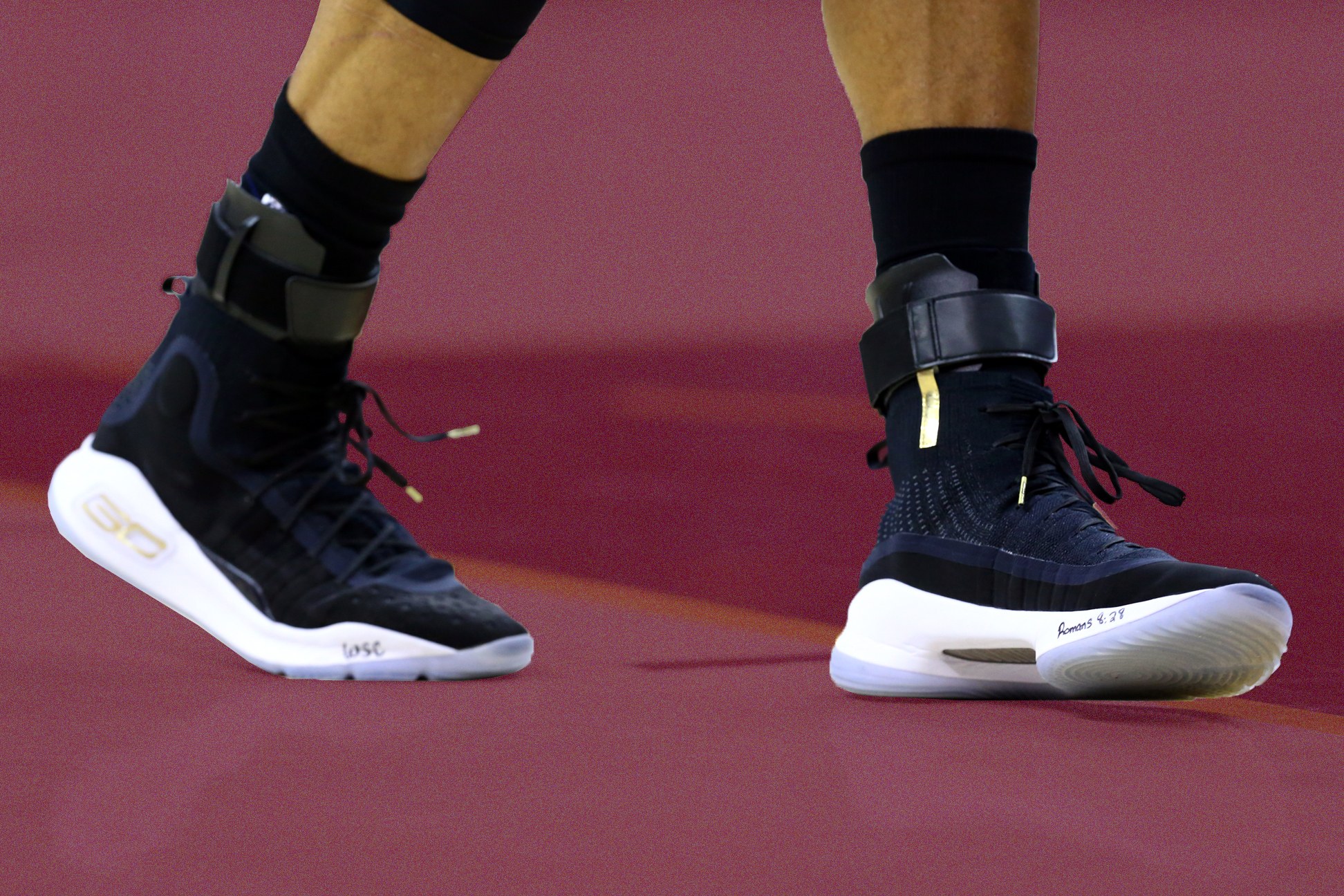
One of the most crucial parts of the body is the ankle. In perfect condition, the ankle is responsible for supporting your weight. If you’re standing or walking, it supports 1.5 times the weight of a human, but it must support up to eight times your weight when running.
Due to its function, ankle injuries are quite common. These injuries vary, and they can be mild irritations or more severe injuries. The fluid motions you experience during up and down movement of the feet when running or walking is thanks to the ankle.
As a hinge joint, the ankle consists of tendons, ligaments, blood vessels, bones, and nerves. There are three bones in the ankle, namely the talus, the tibia, and the fibula. In between these bones, you will find articular cartilage, which enables bones’ movement against one another.
The cartilage’s slick and smooth nature also makes it perfect as a shock absorber in the body. The ankle ligaments are responsible for attaching the bones, while the bones connect to muscles through the tendons.
To ensure your ankles, feet, and lower legs are functioning appropriately, it is crucial for the various parts above to work as one. This is in addition to the blood vessels and nerves that run through them.
As an athlete, it is crucial you understand why you need to care for the ankle. You must also learn various ways to maintain healthy ankles for peak sports performance. One way to do this is to make use of ankle braces.
Benefits of Ankle Braces for Basketball Players
For most basketballers, the ankle is a part that deteriorates rapidly. This is due to the level of pressure placed on this part of the body. Actions that contribute to the deterioration of the ankle include:
- Jumping
- Player collisions
- Landing
- Rapid change of directions at high speeds
- Quick movements around the court
These actions increase the risk of overuse and overextension of the ankles. For most basketball players, there are specific actions that lead to ankle injuries. Examples of these actions include:
- Colliding with other players when attempting a layup
- Landing or stepping on the shoe of another player
- An awkward landing after a jumping rebound
It is possible to minimize damage from these actions and also avoid injuries through the use of an excellent ankle brace. For most basketball players, the durable, lace-up ankle brace offers the best support and protection. These braces help in inversion and eversion control of the ankle.
Since this specific brace design makes it small, it is possible to wear a basketball shoe over it. Using this brace also provides the compression effects and feel of athletic tape. However, it provides better support than the tape and is hassle-free.
There are other basketball players who have a history of rolling ankles, or those returning from severe injuries. These players will usually need mid-level protection. In such instances, a semi-rigid ankle brace is a perfect fit.
These braces don’t feature straps, stays, or laces, making them easier to put on. They are also lightweight and comfortable to wear.
FAQ on Ankle Brace
There are specific questions that always pop up in discussions regarding ankle braces for basketball players. In this section, you will find answers to a number of these questions.
Are ankle braces suitable for basketball players to wear?
Yes, they are. This is why you find many basketball players making use of them. The braces are essential to help them avoid some of the common injuries that occur in basketball – in addition to providing an extra layer of ankle protection.
Do the braces slow players down?
There are different designs of braces on the market. Some of these braces feature lightweight designs that can improve performance, while others are heavier. Therefore, the brace can affect the speed of the player depending on the weight.
Can I wear a brace all day?
This is often the case if you’re undergoing treatment or rehabilitation. However, it is a good idea to do this under the recommendation of your doctor. This action can help stabilize the legs and prevent the injury from reoccurring.
How durable are the braces?
The durability of braces will vary with the design and material used. Some braces can last up to two years, and others last longer. However, the intensity of your activities will also affect the lifespan.
